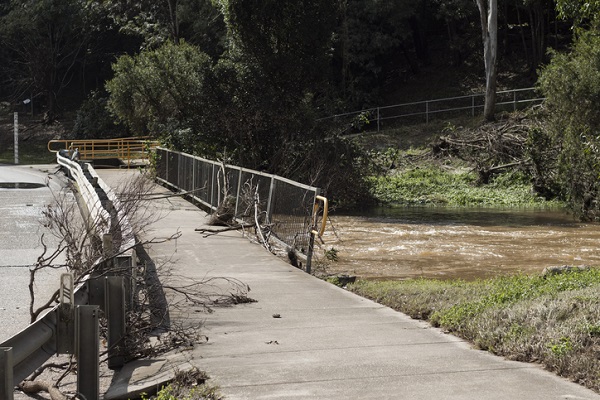Electrical hazards, asbestos to watch out for in Victorian flood clean-up

Victorians in flood-affected areas are urged to be alert for unexpected hazards in the workplace and fully assess the risks involved when commencing any clean-up activities.
Contaminated water, broken glass and debris, damaged electricity supplies and asbestos are among the risks to health and safety facing those returning to flooded worksites.
Employers must ensure work is properly planned and coordinated with regular communication, sufficient training and supervision for workers and volunteers, and regular rest breaks to manage fatigue.
Workers must be equipped with appropriate protective clothing such as sturdy, waterproof boots, heavy-duty gloves and eyewear when cleaning up after a flood. Common hazards include sewage containing harmful bacteria that may have overflowed inside a building, wet, slippery and unstable surfaces, and wild animals including rodents, snakes and spiders.
WorkSafe executive director of health and safety Narelle Beer says duty holders should follow any recommendations by emergency services before entering flood-affected sites.
“Only use water that has been boiled or disinfected to wash your hands,” she says.
“Wear protective clothing to avoid cuts from glass and other sharp objects that may be floating in contaminated water.”
Damaged gas and electricity appliances are also hazards that must be avoided until declared safe by an electrician or plumber.
“Use battery-operated torches instead of candles. Open flames could be dangerous if gas has collected inside a building,” Narelle explains.
Employers are also urged to take the necessary steps if a damaged workplace contains asbestos. She adds that if your workplace contains asbestos building materials, licensed asbestos contractors should be employed to undertake any repair and renovation.
